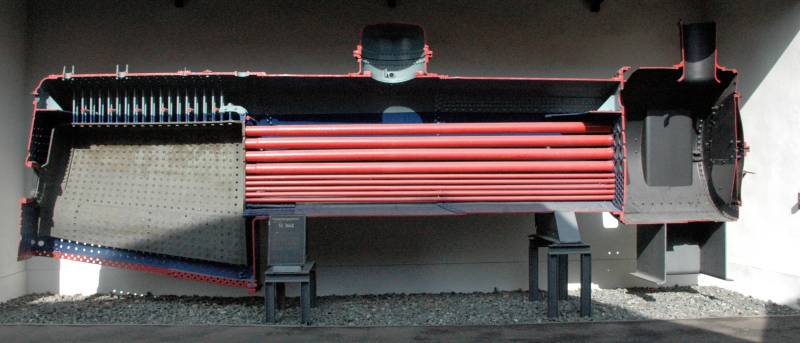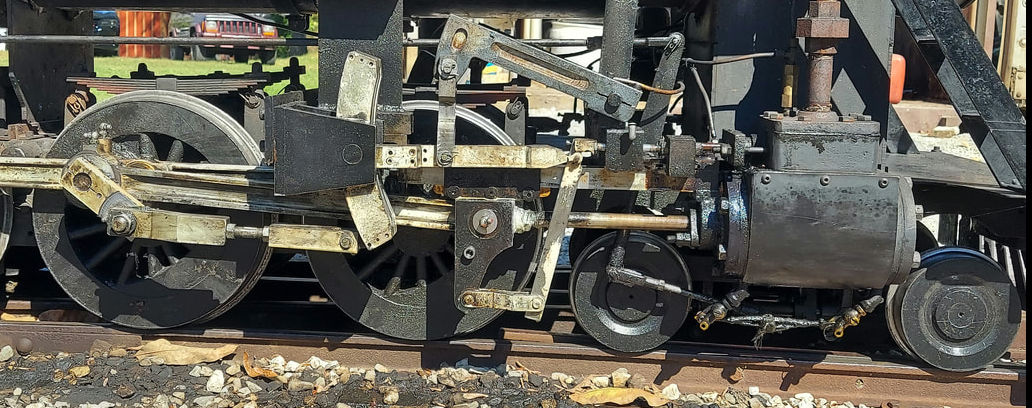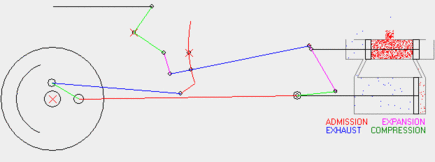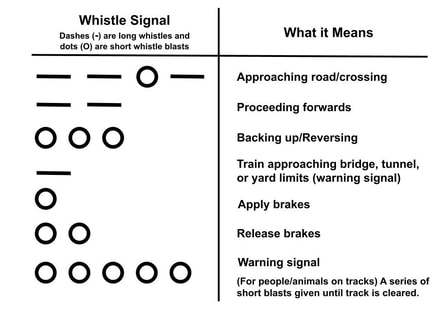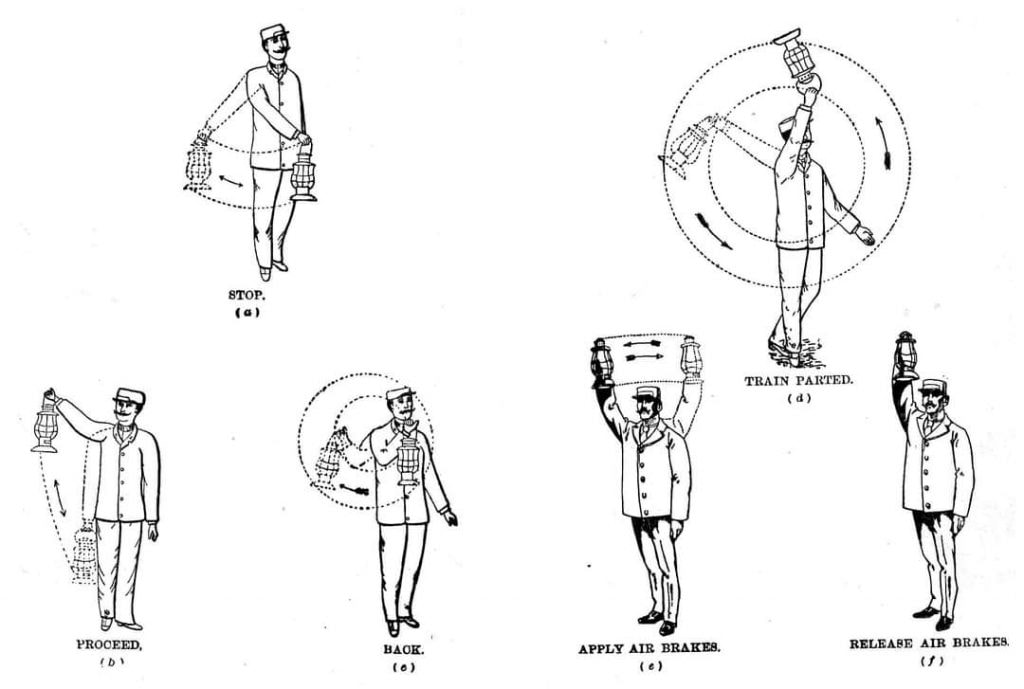Want to learn more about steam engines and railroading?
You came to the right place.
You came to the right place.
Since 1939 our organization has striven to preserve the operations and legacy of steam railroads by teaching those to maintain and operate a 12'' gauge railroad, and experience true-to-life railroading in a smaller size. Intrinsic to this mission is understanding the "How and Why" of our railroad and our equipment.
How does a steam locomotive work?
|
The locomotives at the WF&P are real-life working steam engines, and operate the same way that full sized locomotives do.
Steam locomotives can be divided into two main parts: The boiler and running gear. The boiler burns fuel to boil water into pressurized steam. The steam in the boiler is then let into the cylinders by the throttle valve, which is controlled by the engineer. The more the throttle is opened, the more steam goes to the cylinders and the faster the locomotive will run. Our engineers have to be careful to not to open the throttle too much, or they might break the speed limit! The pressure of the steam pushes the piston back and forth inside the cylinder. This back and forth motion pushes the driving wheels around with the rods and makes the locomotive go! |
|
What's it saying?
The beautiful sound of a locomotive whistle is more than just fun to hear- it's important! The whistle is blown to convey messages and signals, as well as to act as a warning that a train approaches.
Did you know that if you listen carefully you can understand what the whistle is saying? Take a look at the guide, and listen to the sound files below for some examples. Can you guess what is being said?
Did you know that if you listen carefully you can understand what the whistle is saying? Take a look at the guide, and listen to the sound files below for some examples. Can you guess what is being said?
First whistle
Approaching road or crossing (Two long, one short, one long). This is a warning to yield to the train as it occupies the crossing.
second whistle
Release brakes (two short whistle blasts). This tells crew to release the brakes before the train moves.


